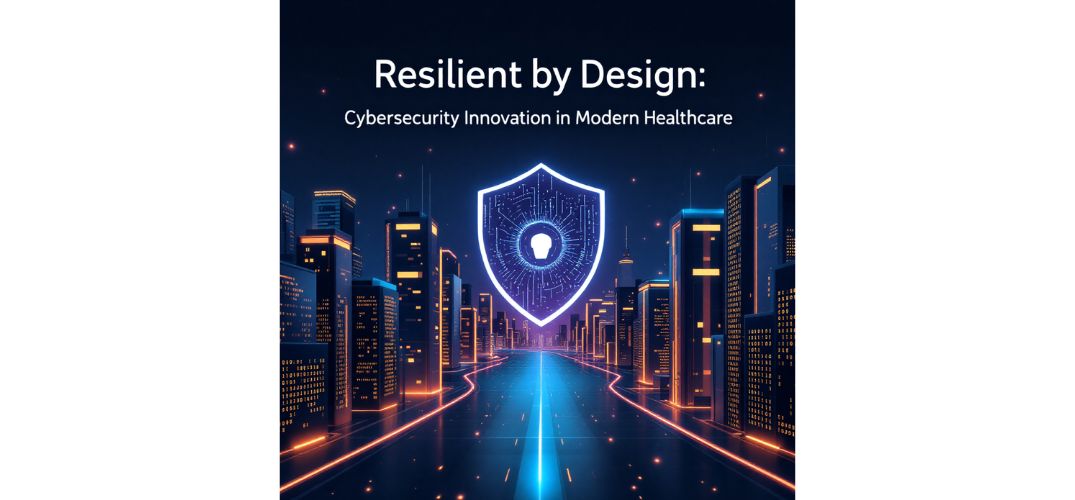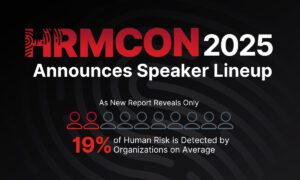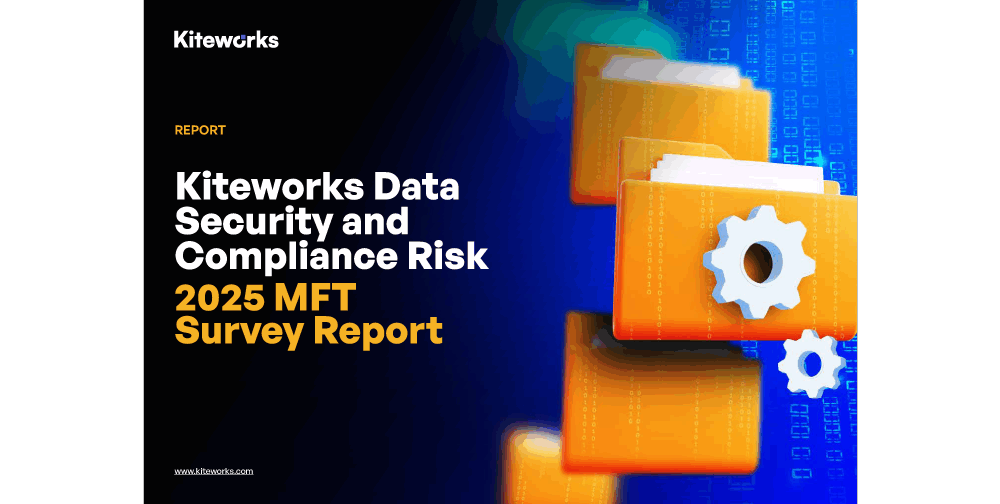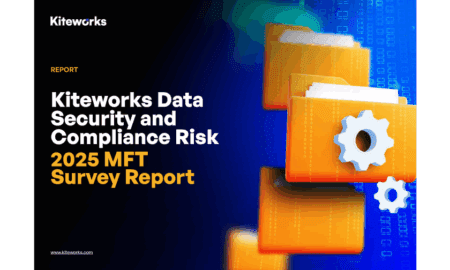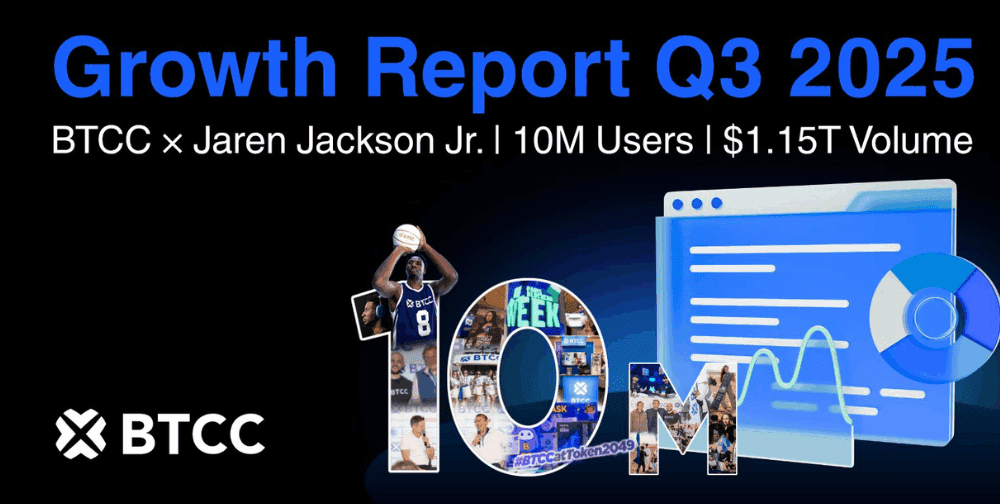As healthcare systems embrace digital transformation, they face cybersecurity threats that endanger patient safety and trust. Malleswar Reddy Yerabolu, a cybersecurity expert, explores how innovations like Zero Trust architecture, network segmentation, and AI-driven monitoring protect critical infrastructure. His insights reveal how outdated systems and medical IoT devices expand the attack surface, while regulatory gaps and limited budgets complicate defenses. By aligning technology, policy, and culture, healthcare organizations can build lasting resilience.
Digital Advancements, Digital Exposure
The healthcare sector’s rapid digitization is reshaping patient care. While legacy systems and outdated devices continue to support critical services, they also represent a digital Achilles’ heel. Over 67% of healthcare providers still rely on end-of-life platforms riddled with unpatched vulnerabilities.
This evolving threat landscape isn’t just a technical issue; it’s a matter of life and death. With breach-related costs reaching $10.93 million per incident in 2023, healthcare ranks as the most expensive industry for cyberattacks for the 14th consecutive year.
When Systems Age, Threats Evolve
Legacy infrastructure remains a key vulnerability. Diagnostic and patient record systems, some over a decade old, often lack modern encryption or secure communication protocols. A sluggish patch cycle averaging 236 days provides ample time for malicious actors to exploit known flaws.
Adding to the challenge is the healthcare industry’s limited cybersecurity investment. These outdated systems, embedded deep within clinical workflows, cannot simply be ripped out or replaced, meaning risk mitigation must work around and within them.
Medical IoT: The Digital Stethoscope with a Target
Internet of Medical Things (IoMT) devices have transformed diagnostics and treatment delivery, but their proliferation also expands the attack surface. Around 42% of medical devices maintain external network connections, and a startling 38% bypass organizational firewalls.
Restrictions from device manufacturers prevent healthcare providers from deploying standard security tools. With many devices in use for 10 to 15 years, vulnerabilities persist long after newer solutions emerge.
Beyond Compliance: Bridging Policy and Practice
Regulatory frameworks intended to protect patient data often trail behind technological developments by several years. Many organizations allocate nearly a quarter of their cybersecurity budget just to compliance rather than proactive defense.
Conflicts between regulation and clinical needs are common. In many cases, security policies are technically documented but never validated, leaving organizations compliant on paper but vulnerable in practice.
Network Segmentation: Reinforcing the Digital Backbone
One of the most effective security measures is also one of the least adopted: network segmentation. By isolating clinical systems from administrative networks, healthcare institutions can dramatically reduce the lateral movement of cyber threats.
Next-generation firewalls and deep packet inspection are proving essential in safeguarding sensitive systems. The key, however, lies in strategic implementation, starting with the systems most critical to patient care.
Zero Trust in a World of Implicit Risk
A paradigm shift is underway with the adoption of Zero Trust architecture. Though only 7% of healthcare providers have fully implemented Zero Trust, those who have experienced 67% fewer breaches.
Multi-factor authentication (MFA) and least-privilege access are foundational to this model. Gradual privilege reduction, especially among administrative accounts, is a proven method for progress.
AI and Automation: Security Gets Smarter
Artificial intelligence is reshaping cybersecurity from reactive to predictive. Healthcare organizations using AI-driven monitoring detect incidents an average of two weeks earlier than those relying on manual methods.
Despite these benefits, adoption remains in early stages. Semi-automated systems strike a balance, reducing containment time by 63% without sacrificing control.
The Human Firewall: Culture and Training
Technology alone cannot secure healthcare environments. Role-specific training significantly reduces this risk—by as much as 67%—by aligning cybersecurity awareness with day-to-day responsibilities.
Programs that embed security champions within clinical teams have proven especially effective. These liaisons not only increase staff buy-in but accelerate the rollout of new security controls.
In conclusion, cyber resilience in healthcare is no longer optional but a critical necessity. Implementing network segmentation, Zero Trust architecture, and AI-driven monitoring strengthens security without disrupting care. Security must be treated as a core element of patient safety, not just a compliance requirement. Embedding it into daily operations ensures long-term protection. As Malleswar Reddy Yerabolu asserts, this integration is key to securing the future of healthcare.

